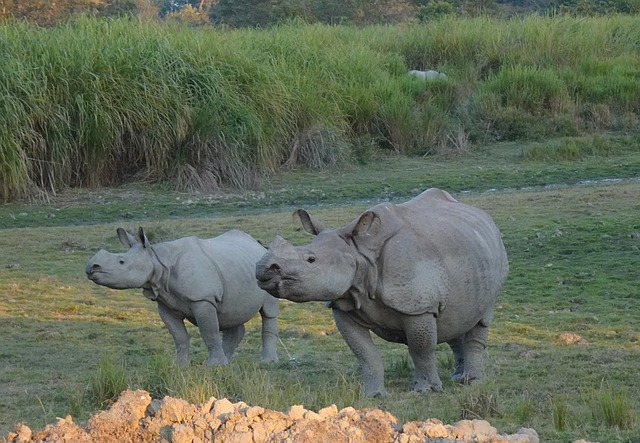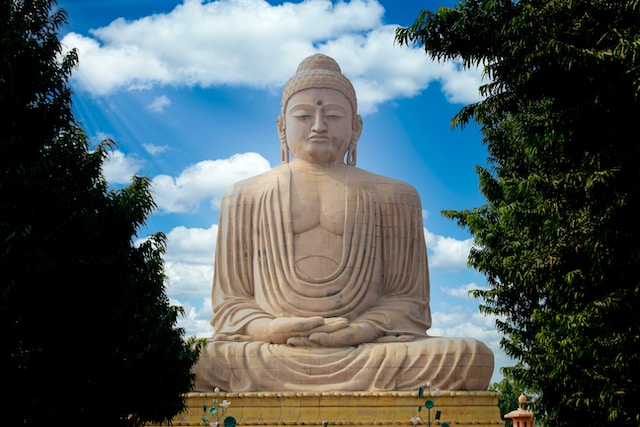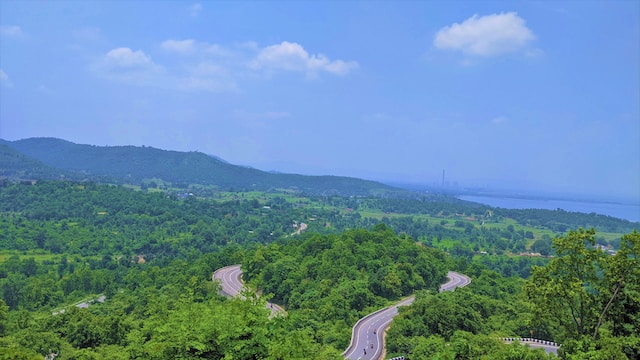Indian Culture Description
Kathak is a classical dance form originating from Uttar Pradesh in northern India, and is widely considered as one of the nine classical dance styles in the country. It has a rich cultural heritage and has evolved over the centuries to become one of the most widely recognized dance styles in India and around the world. In this article, we will delve into the history and evolution of Kathak, its unique features, and its significance in Indian culture.
The roots of Kathak can be traced back to the nomadic bards of ancient northern India, who would travel from village to village, telling stories through music, dance, and recitation. Over the centuries, these bards developed the art of Kathak, which became a highly stylized and sophisticated dance form, incorporating elements of Hindu mythology and classical Indian music. With the spread of Hinduism and the arrival of the Mughal Empire in northern India, Kathak absorbed influences from Persian and Central Asian dance styles, further enriching its cultural heritage.
One of the most distinctive features of Kathak is its use of intricate footwork and intricate hand and body gestures to convey emotions and tell stories. The dancer’s feet play a central role in the performance, and the rhythmic stamping, spinning, and sliding of the feet creates a mesmerizing visual and auditory experience. Additionally, the dancer’s hand gestures and facial expressions play an important role in bringing the stories to life.
Another hallmark of Kathak is its use of music and rhythm. The dance is typically performed to the accompaniment of a live musical ensemble, which includes instruments such as the tabla, sitar, and harmonium. The music is characterized by its complex rhythms and intricate talas (time cycles), which the dancer must master in order to effectively convey the emotions and narrative of the performance.
The costumes worn by Kathak dancers are also an important aspect of the performance. The traditional attire for male dancers is a long, flowing skirt called a dhoti, paired with a knee-length shirt and a turban. Female dancers typically wear a long, embellished skirt called a lehenga, paired with a crop top and elaborate jewelry. The bright colors and intricate embellishments of the costumes are designed to draw the audience’s attention and add to the visual spectacle of the performance.
In addition to its performance in the traditional classical dance context, Kathak has also been adapted and incorporated into various other art forms, such as theater, film, and television. Many contemporary dancers and choreographers are also exploring innovative approaches to the dance form, incorporating elements of other styles and incorporating modern themes and narratives into their performances.
Despite its rich history and cultural significance, Kathak remains an evolving and dynamic art form. It continues to captivate audiences around the world and inspires new generations of dancers and choreographers to explore its potential and push the boundaries of this magnificent dance style.
In conclusion, Kathak is a mesmerizing classical dance form that has its roots in the ancient nomadic bards of northern India. With its intricate footwork, gestures, and music, it conveys emotions and tells stories that have captivated audiences for centuries. Its significance in Indian culture cannot be overstated, and it continues to evolve and inspire new generations of dancers and choreographers. Whether you are a seasoned dance aficionado or a newcomer to this art form, a performance of Kathak is sure to leave you spellbound.
Check out this video to see how this amazing Kathak dancer narrates the song in the form of Kathak expressions and body gestures.
Visited 66 times, 1 Visit today











